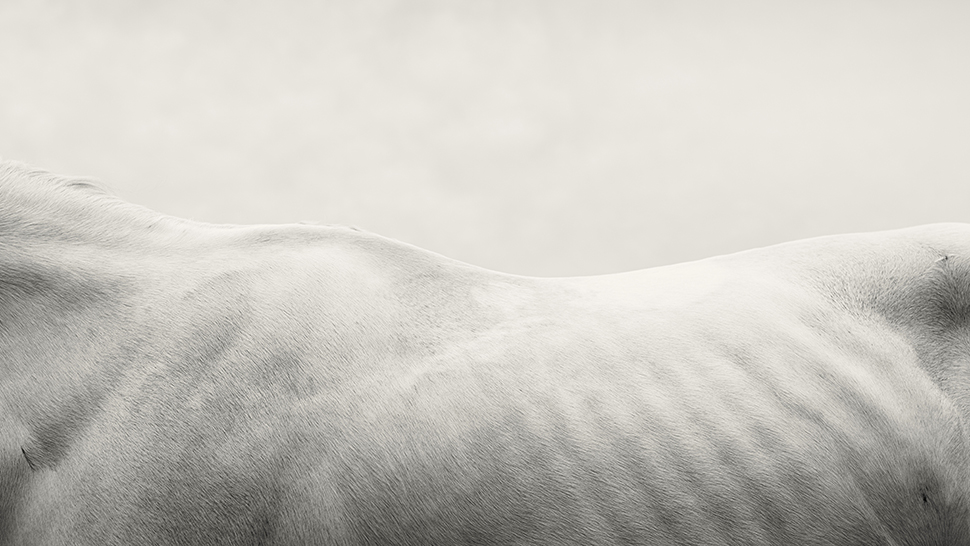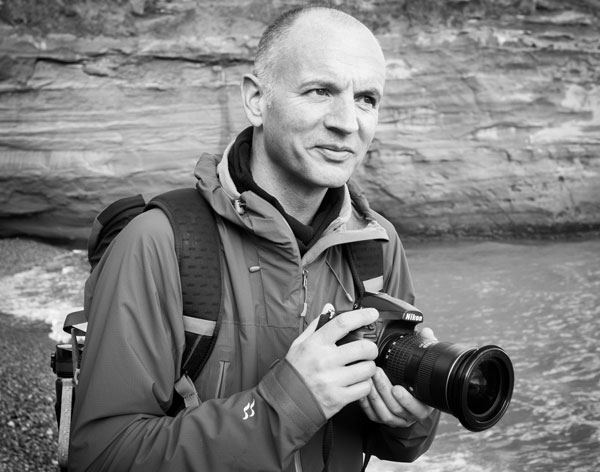

Benedict Brain is a UK-based photographer, journalist and artist. He is an Associate of the Royal Photographic Society and sits on the society’s Distinctions Advisory Panel. He is also a past editor of Digital Camera Magazine, and the author of You Will be Able to Take Great Photos by The End of This Book.
Much of what I talk about in this column is about ‘looking’ and ‘seeing’ – which is why we call it The Art of Seeing. Today, I’m sharing an image of a horse in a field. It was taken while I was on a walk, not far from where I live. It’s not an image that fits into a bigger, more meaningful project: it was just taken for the sheer delight of seeing an opportunity and seizing the moment.
I was drawn to the idea that the horse, photographed from this angle and framed in this way, wasn’t obviously a horse at first glance. By eliminating the horse’s head, tail and underbelly and getting low enough so that the horse obscured any background elements such as trees and buildings, I was able to create the illusion that the horse’s body, with its gentle curves, gradations of tone and rippling ribs, were part of a sweeping topography.
The people I have shared the photo with enjoyed the illusion and then the reveal; there is typically a second or two before the viewer ‘processes’ the information in the image, and realises that it’s a horse, not a landscape.
This playful use of composition, perspective and foreshortening is typically used by street photographers, who often enjoy juxtaposing humans against billboards and other clever visual antics. I haven’t seen the technique used so much in landscape photography, so it was lovely to stumble on an occasion where it worked.
The trick is in the ‘seeing’; learning to look through the eye of your camera, use your ‘camera vision’ to see the world around you, and capture it in new and interesting ways.
Although the color palette was nearly monochromatic in the original raw file, I decided to take it one step further and convert it to black and white. Using Curves and Graduated Filters in Camera Raw, I processed it in much the same way I might approach a traditional landscape.
• Other articles in the Art of Seeing series
Read more:
• The 50 best photographers ever
• 100 best photography quotes from famous photographers
• The best coffee-table books on photography







